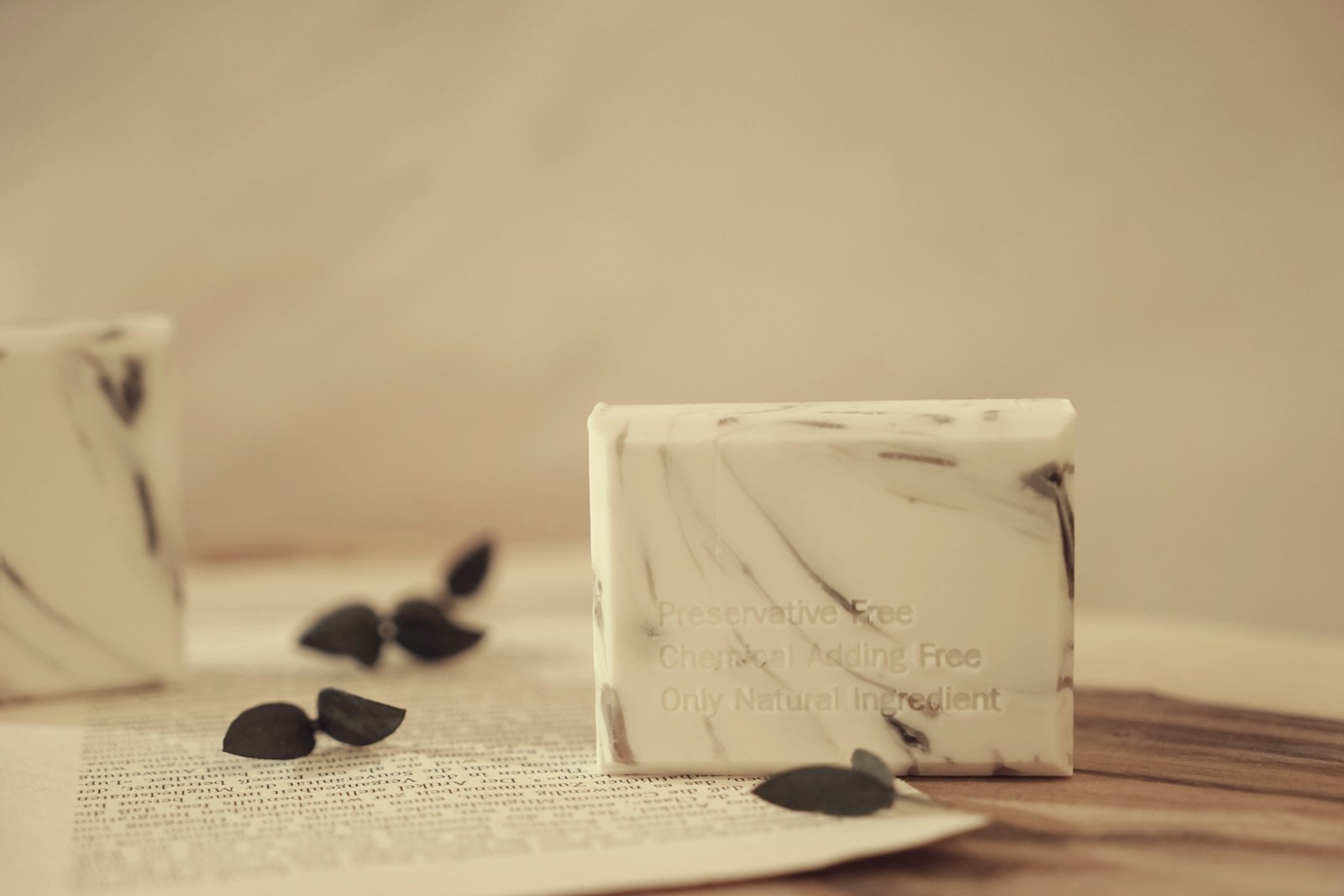Making soap at home can be a fun and rewarding hobby. Whether you are looking to create personalized gifts for friends and family or simply want to indulge in a creative project, learning the art of soap making can be a fulfilling experience. In this essential guide to soap making, we will provide you with tips and a comprehensive guide to help you get started on your soap making journey.
Before diving into the world of soap making, it is essential to familiarize yourself with the basic ingredients and equipment needed to create soap. The key ingredients for making soap include oils, lye, and water. It is important to use a lye calculator to ensure that you are using the right proportions of ingredients for a safe and effective soap recipe. Additionally, you will need equipment such as a stainless steel or heat-resistant plastic pot, a thermometer, a scale, molds, and safety gear like gloves and goggles.
When it comes to choosing oils for your soap recipe, there are a wide variety of options to consider. Some popular oils used in soap making include coconut oil, olive oil, palm oil, and shea butter. Each oil has its own unique properties and will affect the final outcome of your soap. Experimenting with different oil combinations can help you create a soap that is moisturizing, cleansing, and nourishing for your skin.
One of the most enjoyable aspects of soap making is the opportunity to customize your soap with scents and colors. Adding essential oils or fragrance oils can give your soap a delightful aroma, while natural colorants like herbs, spices, and clays can create beautiful hues. It is important to research the properties of essential oils and colorants to ensure they are safe for use in soap making.
When it comes to the actual soap making process, it is crucial to follow safety precautions to avoid any accidents. Lye is a caustic substance that can be harmful if not handled properly, so it is important to wear protective gear and work in a well-ventilated area. Mixing lye with water can create fumes, so be sure to avoid inhaling them. Once the lye solution has cooled, you can combine it with the oils to begin the saponification process.
After pouring the soap mixture into molds, it is important to insulate the soap to promote the saponification process. This involves covering the molds with a towel or blanket to retain heat. After 24-48 hours, you can unmold the soap and cut it into bars. The soap will then need to cure for 4-6 weeks to allow excess water to evaporate and for the soap to harden.
In conclusion, making soap at home can be a creative and fulfilling endeavor. By following this essential guide to soap making and incorporating your own unique touches, you can create beautiful and fragrant soaps that are perfect for gifts or personal use. Experimenting with different oils, scents, and colors will allow you to create a soap that suits your preferences and skin care needs. So, roll up your sleeves, gather your ingredients and equipment, and get ready to embark on your soap making journey.




